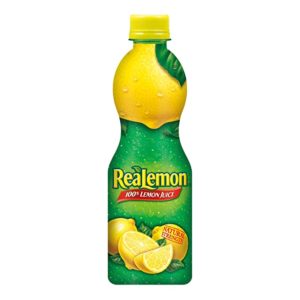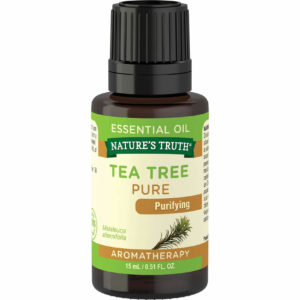Key-Points
Myth: Vinegar is the Best All Purpose Disinfectant
Myth: If It Smells Clean, It Probably Is
Myth: Newspaper is Better For Windows
Myth: Bleach Is King
When it comes to cleaning, we represent the true definition of extreme situations. From crime scenes and drug residue to extreme hoarding clean up, we’ve seen it all in our 20 years of business. Let’s face it, no one enjoys cleaning when it’s tedious or messy. Friends and family always frequently turn to us for cleaning hacks and too many times we’ve seen people following way too common cleaning myths.
Today, we're here to clean up the worst cleaning myths we've heard thus far (pun intended).
Myth: Vinegar is the Best All Purpose Disinfectant
Vinegar is a great cleaning solvent because of its high acidity. Since it’s so acidic, it is effective in cleaning up grime, slime, brines, and adhesives. However, vinegar is often mistaken as the best “natural all purpose disinfectant.” You’ve probably used vinegar when you shouldn’t have.
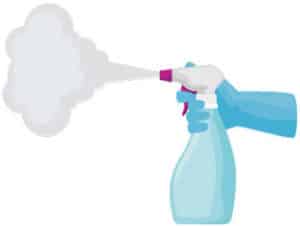
- Marble
- Wood
- Granite
- Soapstone countertops
- Most Crystals (e.g. Quartz)
Any porous or stone finished surface is slowly broken down with the high acidity of vinegar. While certain sources may advise you to use a highly diluted vinegar solution, the ratio is usually so diluted you'd get more effective results with another solution, like rubbing alcohol.
Also, Cleaning Fruits With Vinegar is Probably Myth
We call this a “potential myth” because there’s not a whole lot of science research that says it doesn’t work, just that it’s highly unnecessary and inefficient to clean fruit with.
Many articles suggest using vinegar to naturally disinfect bacteria and neutralize pesticides, but most bodies of research released by several universities have shown regular water is sufficient enough to break the contaminants down.
If it makes you feel better to have some sort of DIY fruit cleaning solution, try baking soda and water. A recent study published in the Journal of Agriculture and Food Chemistry has found that baking soda diluted in water is effective against pesticide residue. No point in wasting vinegar cleaning fruit.
Myth: If It Smells Clean, It Probably Is
Oh, we can talk about this one for hours. We can’t tell you the exact amount of times we’ve been called to cleanup after a property owner or company tried to remediate the wrong way then cover the scene up with deodorizers.
We can, however, affirm that smell is no indicator of cleanliness. Bacteria and germs are microscopic and die from direct contact with a disinfectant, not from odor particles. In fact, when a room is truly odorless, all of the contaminating odors have been removed.
Advice to our housekeeping readers: don’t be lazy. Be sure to vacuum, Swiffer or mop, and properly disinfect all areas of your home. Yes, that means moving things around and getting in those hard to reach places.
Myth: Newspaper is Better For Windows
Fact: newspapers absorb moisture very well, making it an excellent streak free method for non porous surfaces like glass. Also fact: there’s a time and place for everything. Newspapers are more likely to smear ink onto the surface and with it comes new headaches you don’t want to deal with.
Paper towels are still an environmentally friendly, streak free option, but since they leave fibers behind when too wet, they can be very frustrating to use.
Your best bet is to invest in a good set of microfiber cloths. Microfiber cloths absorb more moisture than paper towels and don’t leave behind fibers or streaks when used.
Myth: Bleach is King
Absolutely not. Bleach causes more allergic reactions and smells like chemical because it is a chemical! Yes, it’s been engineered to break down build ups, bacteria, and more, but its development in mainstream production was to keep costs low for commercial products.
Due to public crisis, bleach is in greater demand than suppliers can keep up with. Chlorine (principle ingredient in bleach) is facing a global shortage and is no longer the cheaper option.
Never been a better time to look into natural alternatives. There are many natural alternatives you can choose from, and if you’re into DIY you can save a lot of money mixing your own.
Natural Bleach Alternatives
You can dilute any of these three with water. The ratio really depends on what you are planning to disinfect. Household countertops and floors, for example, should be around a 1:4 or 1:6 ratio, whereas less frequent areas can be cleaned with a 1:16 formula.
Cleaning Mythbusters, At Your Service
Hopefully this article was helpful to you in some way! While our cleanups are far more complex and labor intensive than regular household cleaning, we hope we were able to provide you with some excellent everyday and DIY information. Our goal is always to help you save time and money, so you can enjoy more positive moments in life, with your loved ones.
If this article has helped you, it may help your friends and family too! Please consider sharing on social media using the buttons below!
Share this Post

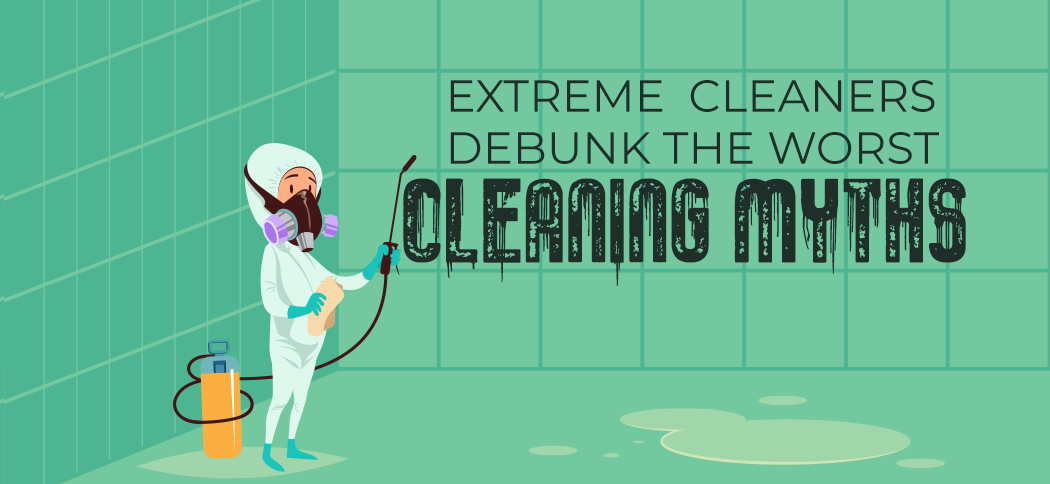


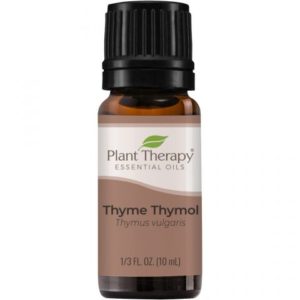 Thymol Essential Oil
Thymol Essential Oil